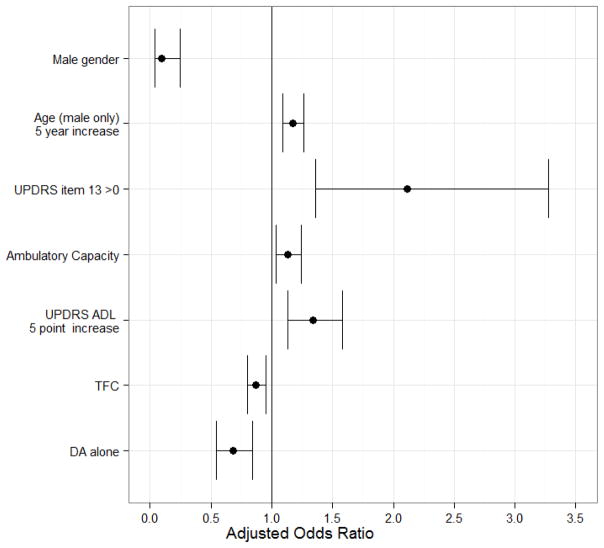Figure 2. Adjusted Odds Ratio of A Post-baseline Fall with 95% Confidence Intervals, multiple logistic model.
The model is logit(probability of ever falling)=0.931 + 0.7487*UPDRSFalling -2.3748*Male + 0.0317*Male*Age + 0.1259*AmbulCapacity + 0.0582*UPDRSADL-0.1365*TFC - 0.3876*DAA (N=1730, 683 subjects ever fall).
The adjusted odds ratios and confidence intervals are OR=2.11, 95% CI [1.36,3.28] for patients reporting baseline UPDRS item 13 > 0 (UPDRS Falling); OR=0.09, 95% CI [0.04,0.24] for Males versus Females; OR=1.17, 95% CI [1.09,1.26] per 5 year increase in age for males; OR=1.13, 95% CI [1.04,1.24] per 1-unit increase in ambulatory capacity; OR=1.34, 95% CI [1.13,1.58] per 5-unit increase in UPDRS ADL score (UPDRSADL); OR=0.87, 95% CI [0.80,0.95] per 1-unit increase in baseline TFC; OR=0.68, 95% CI [0.55,0.84] if on dopamine agonist alone at baseline (DAA); all else held constant. For TFC higher scores represent “better” clinical status at baseline. For all else, higher scores are “worse”.

